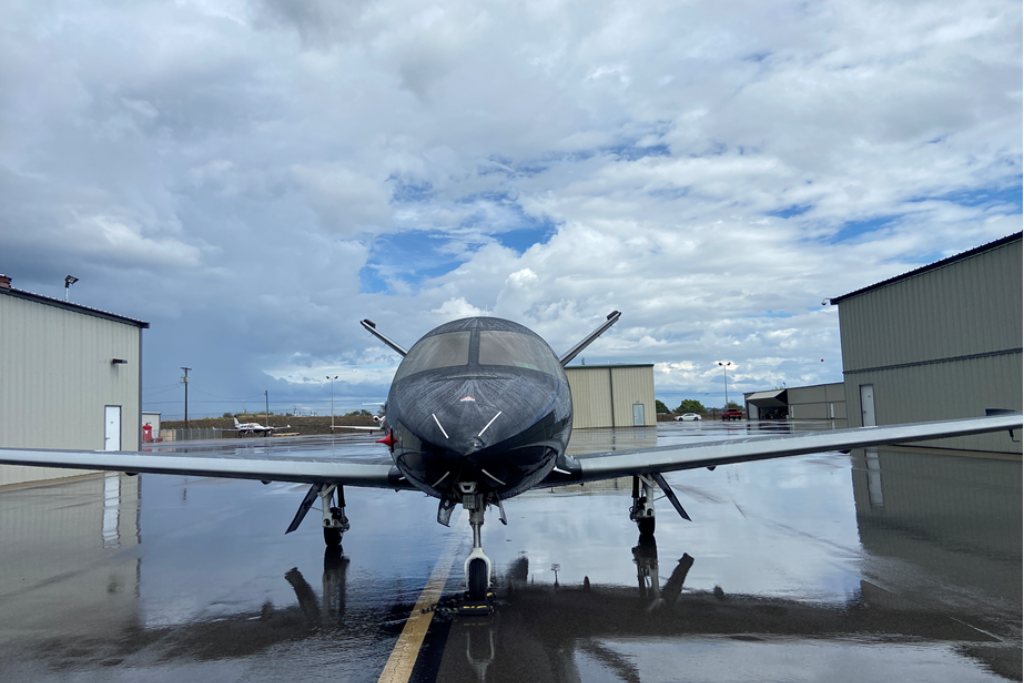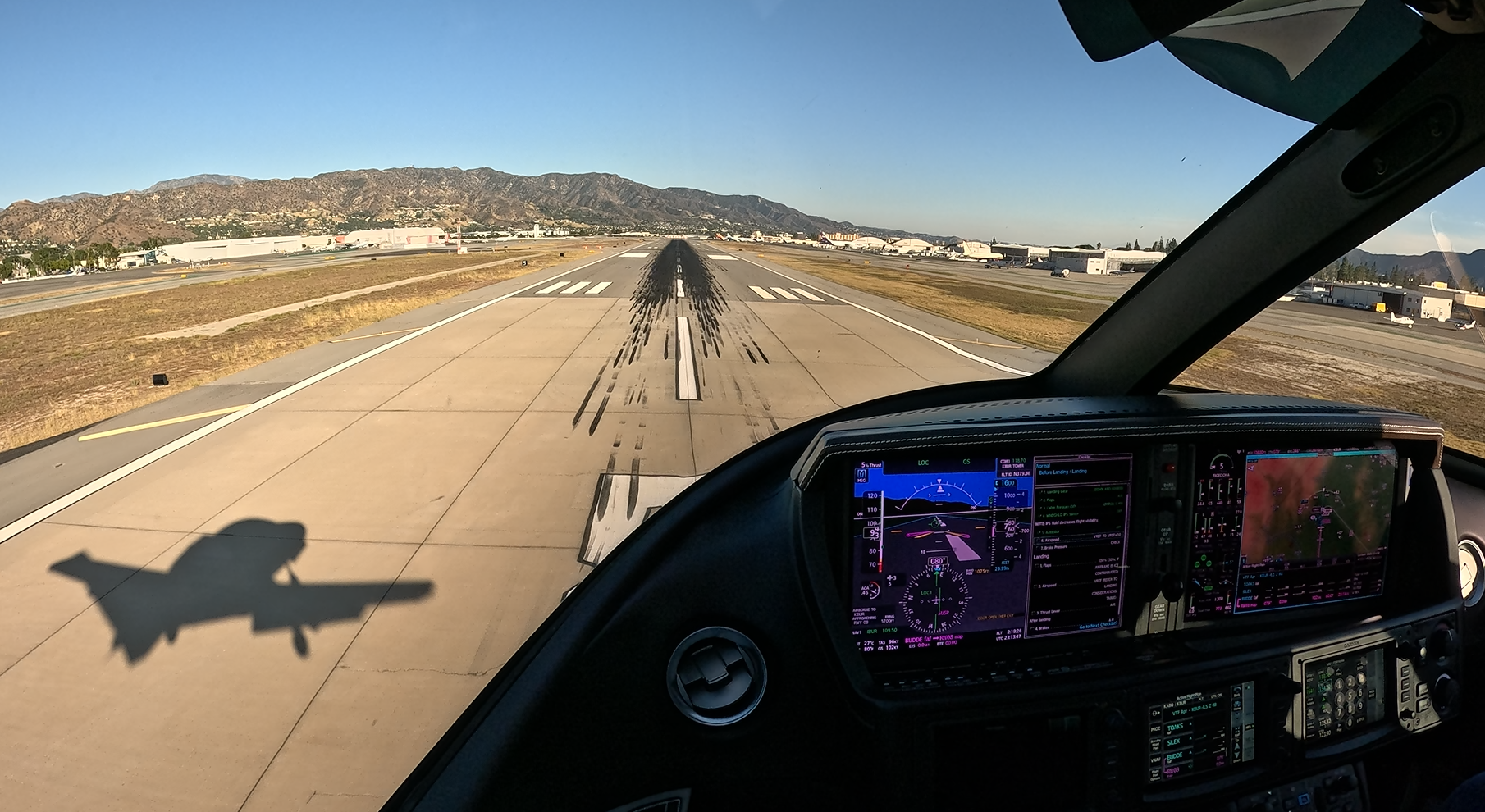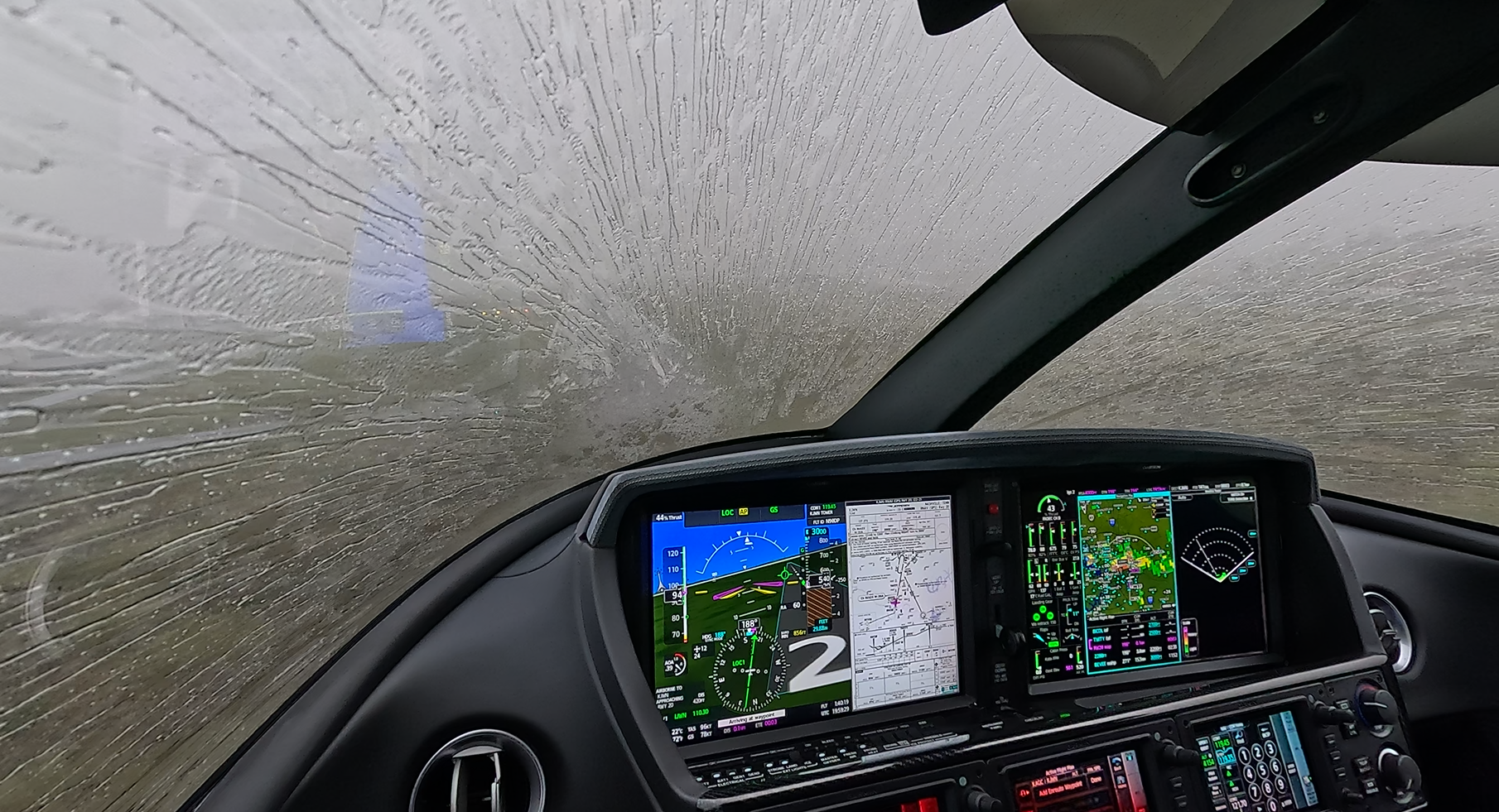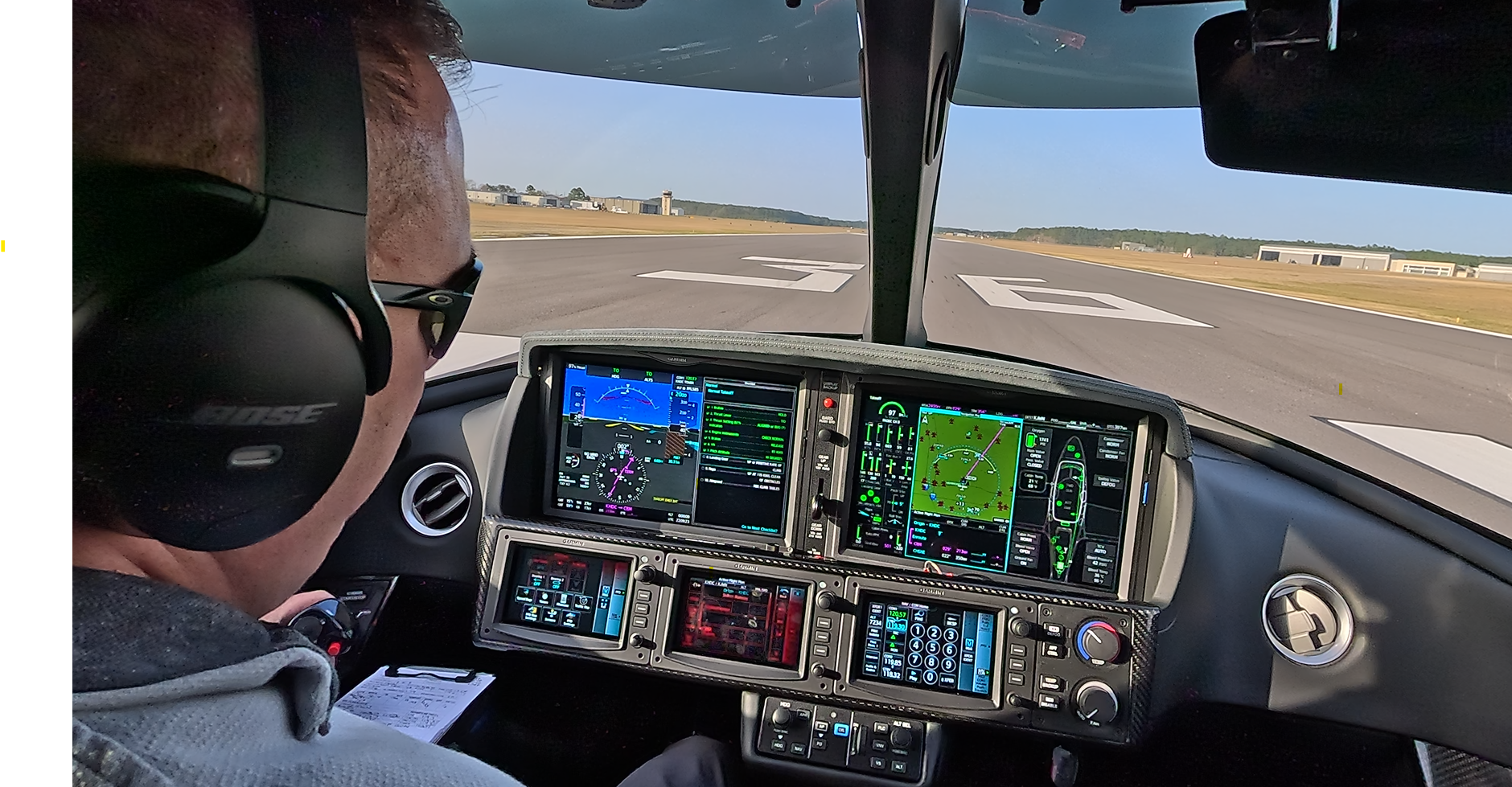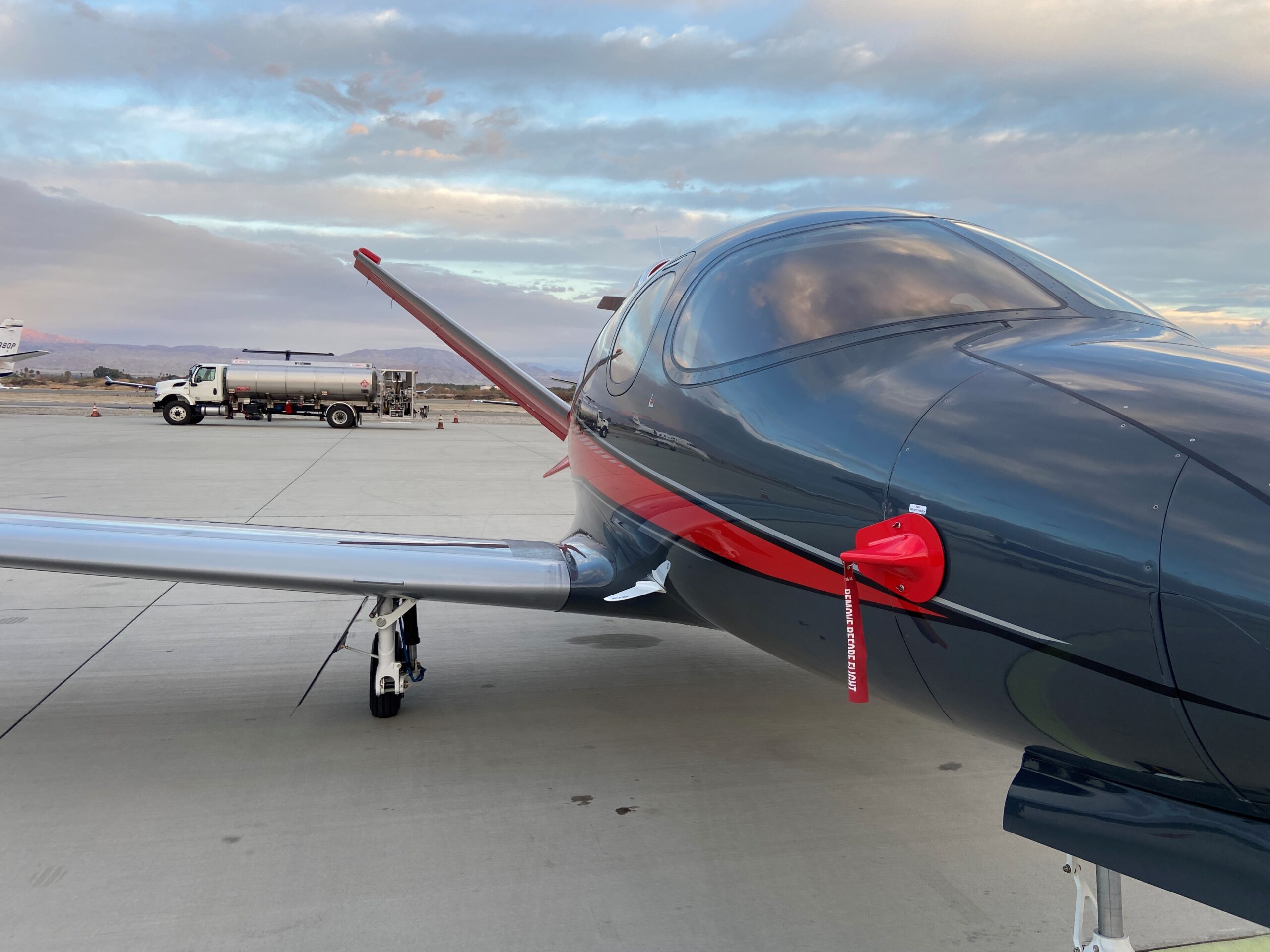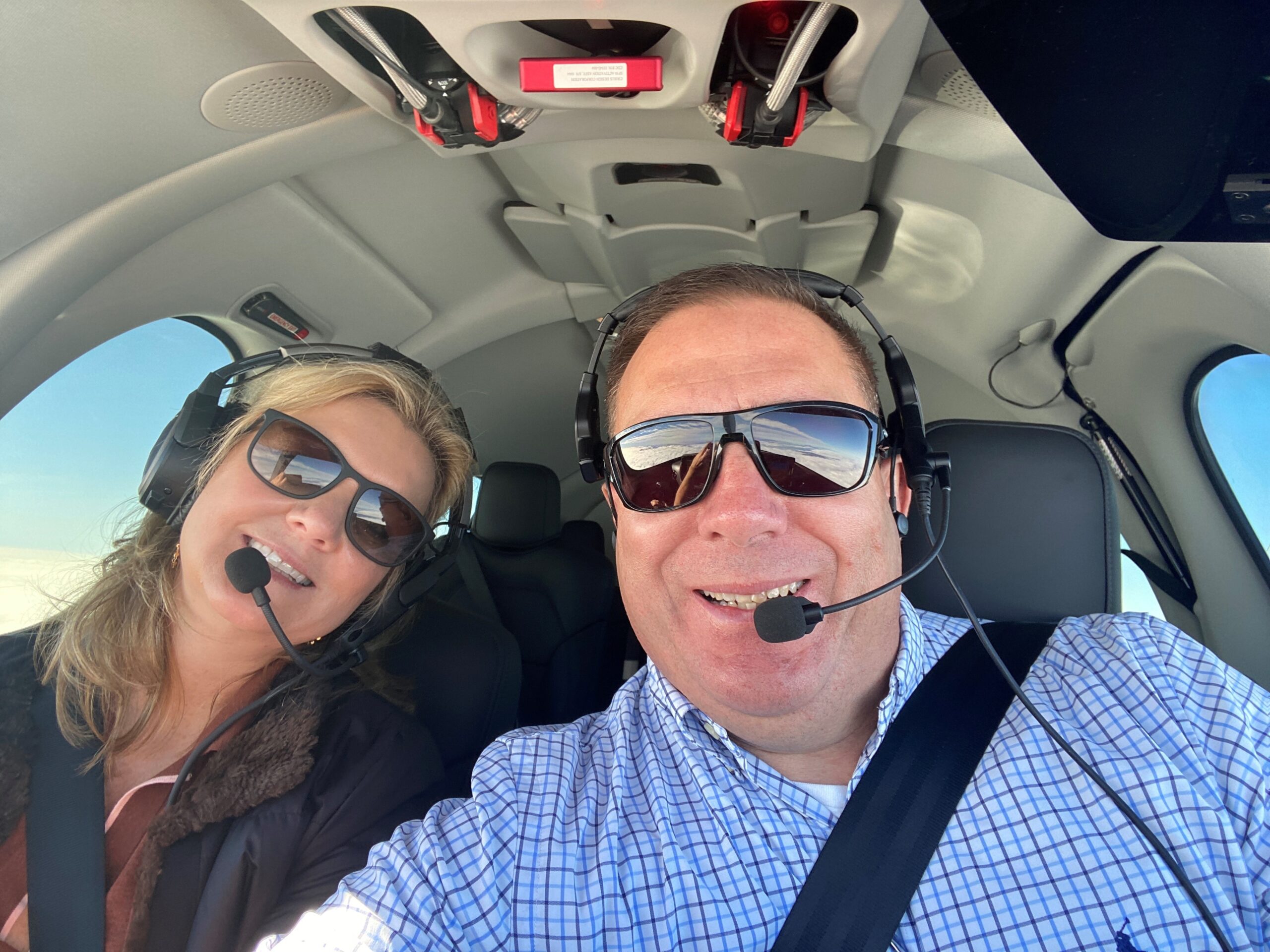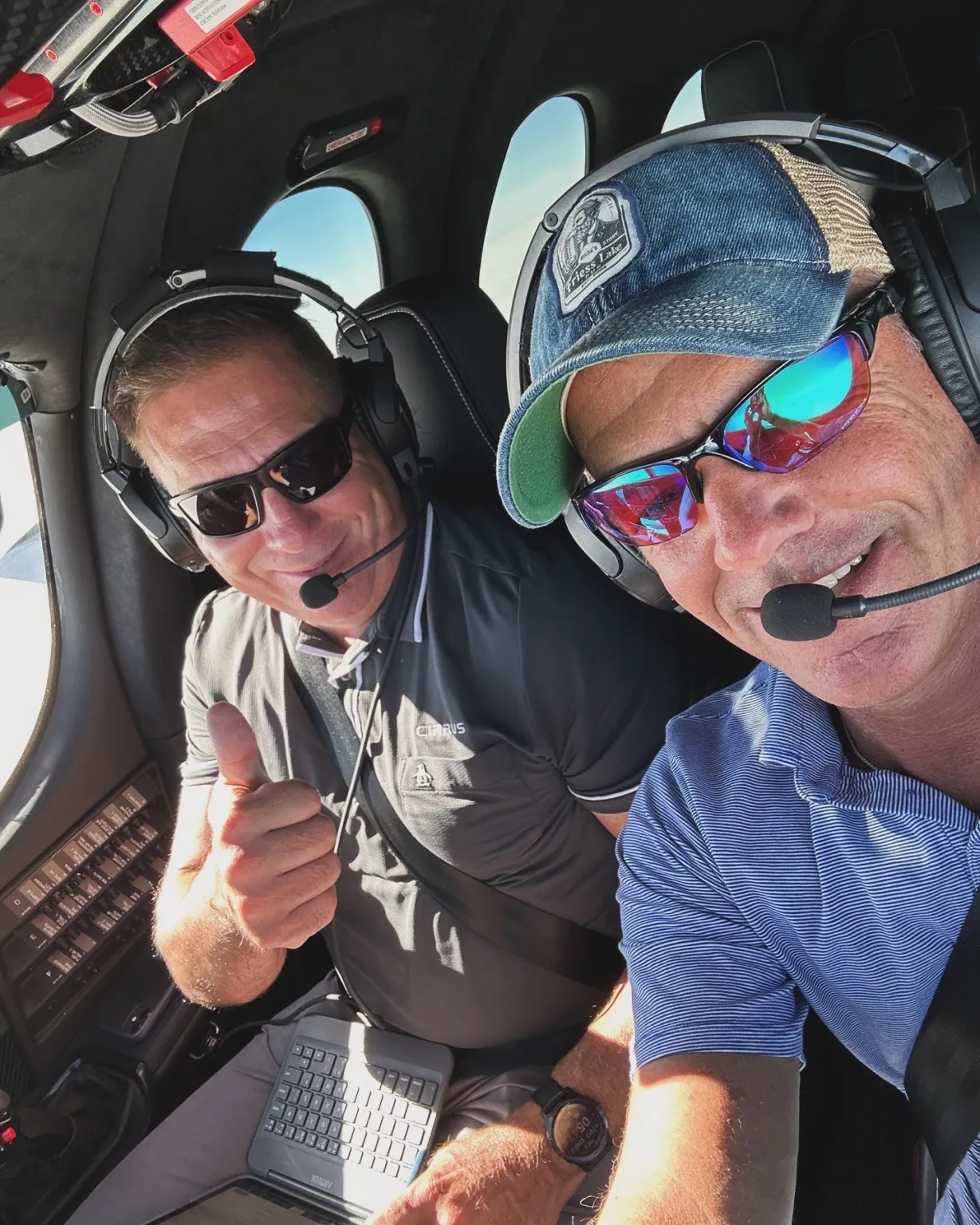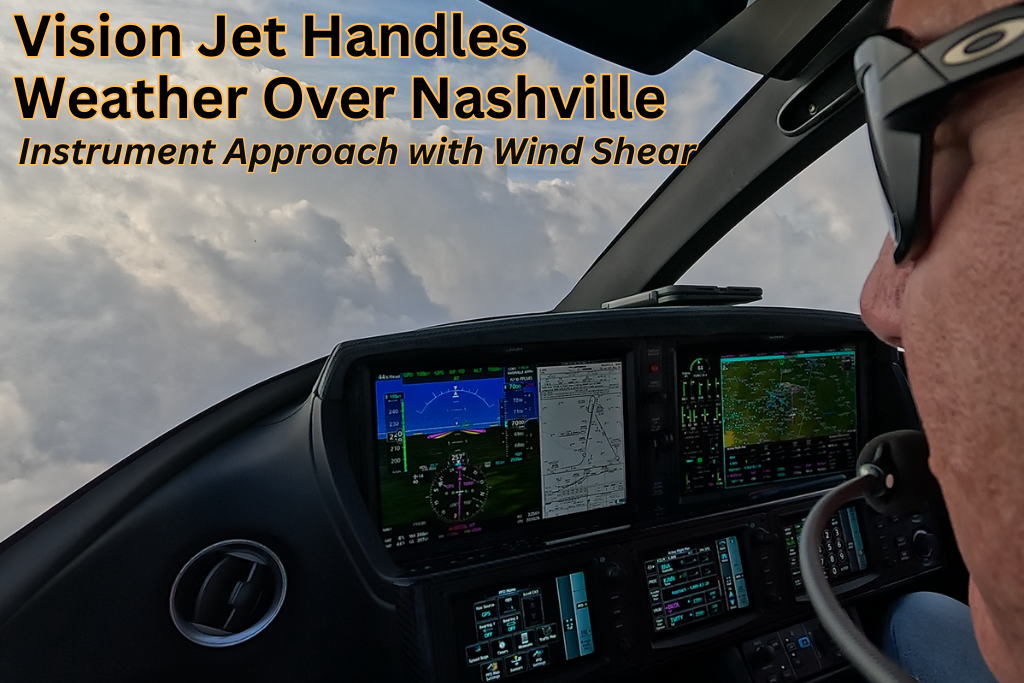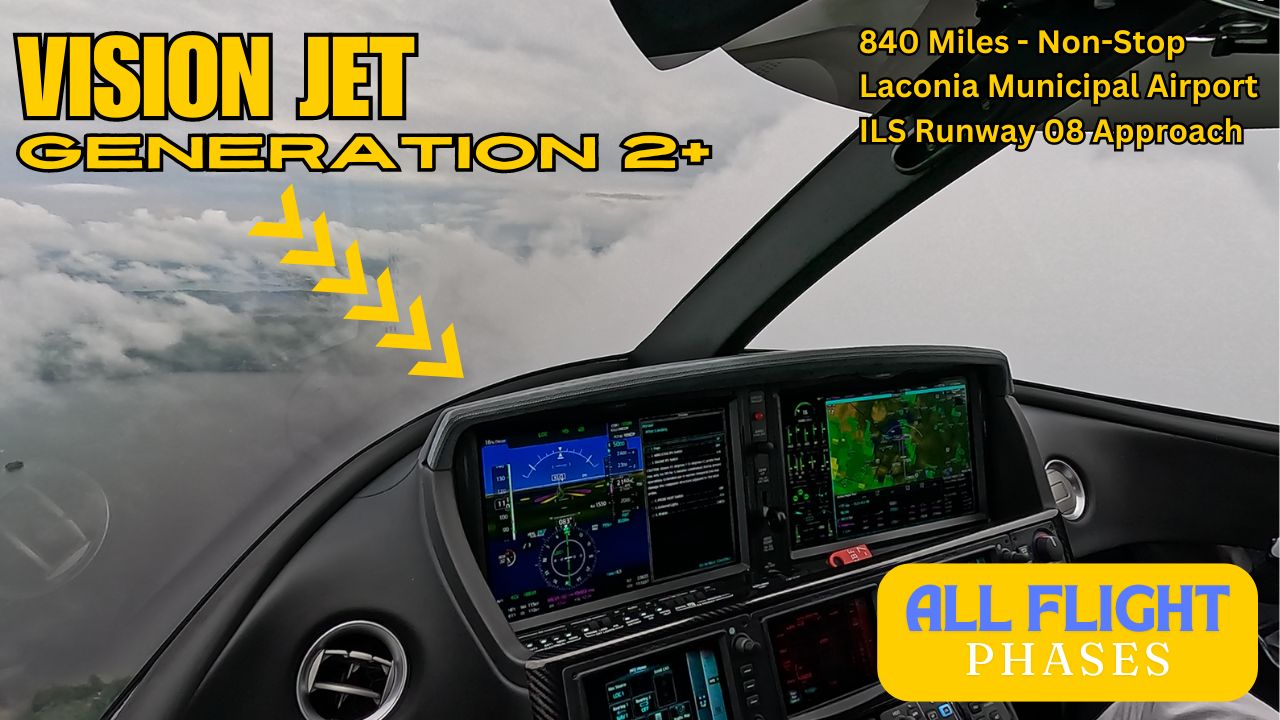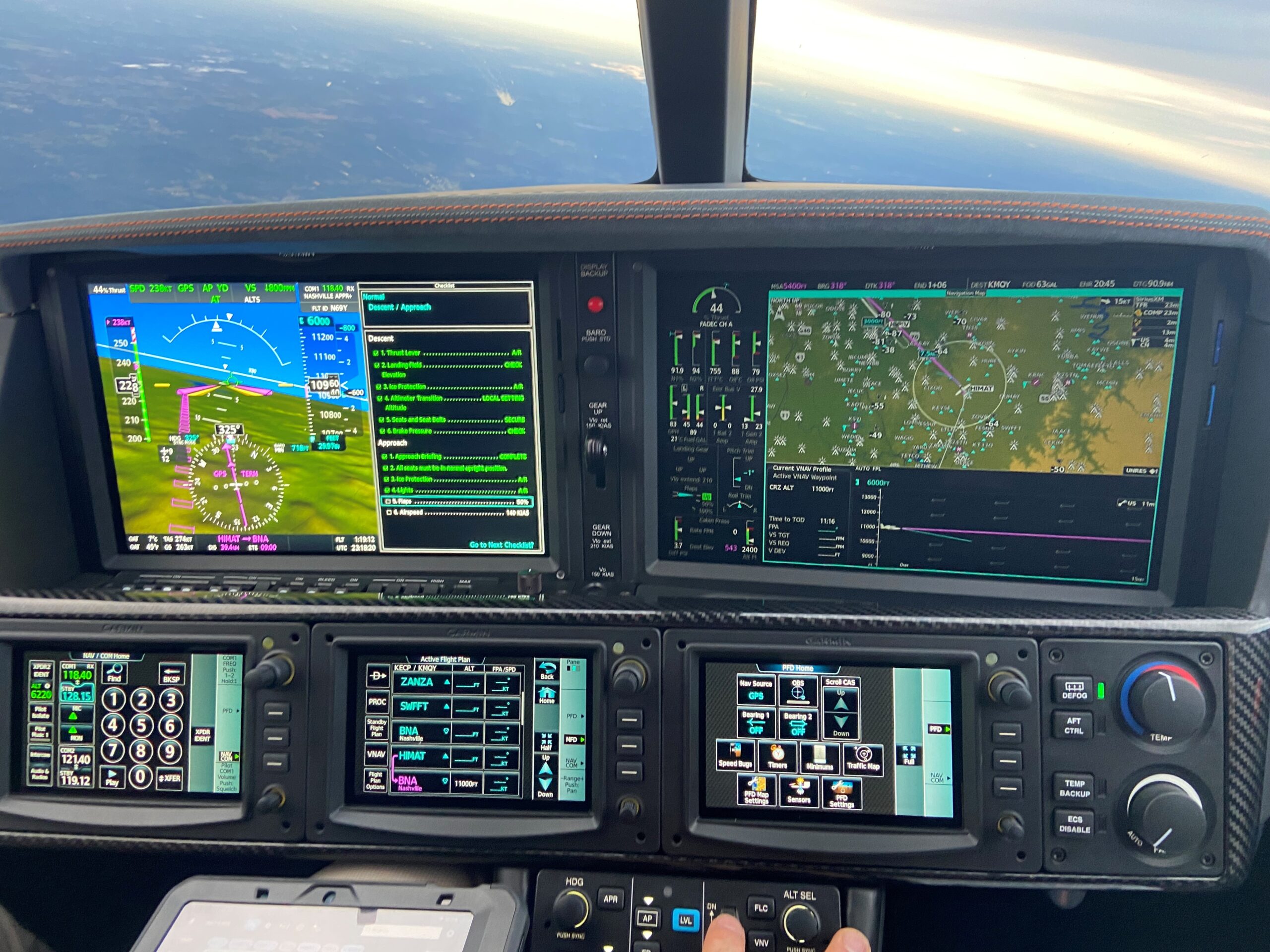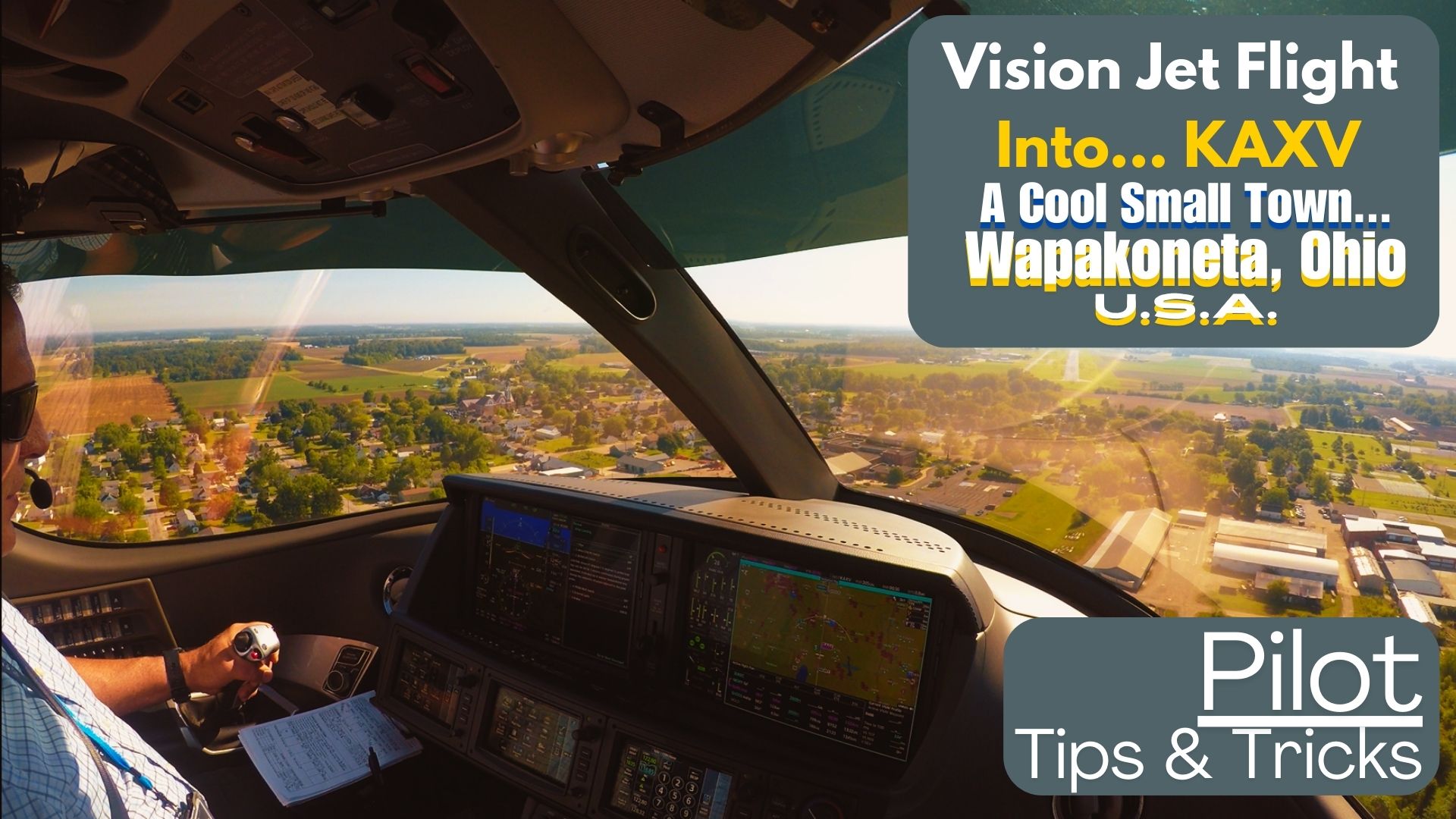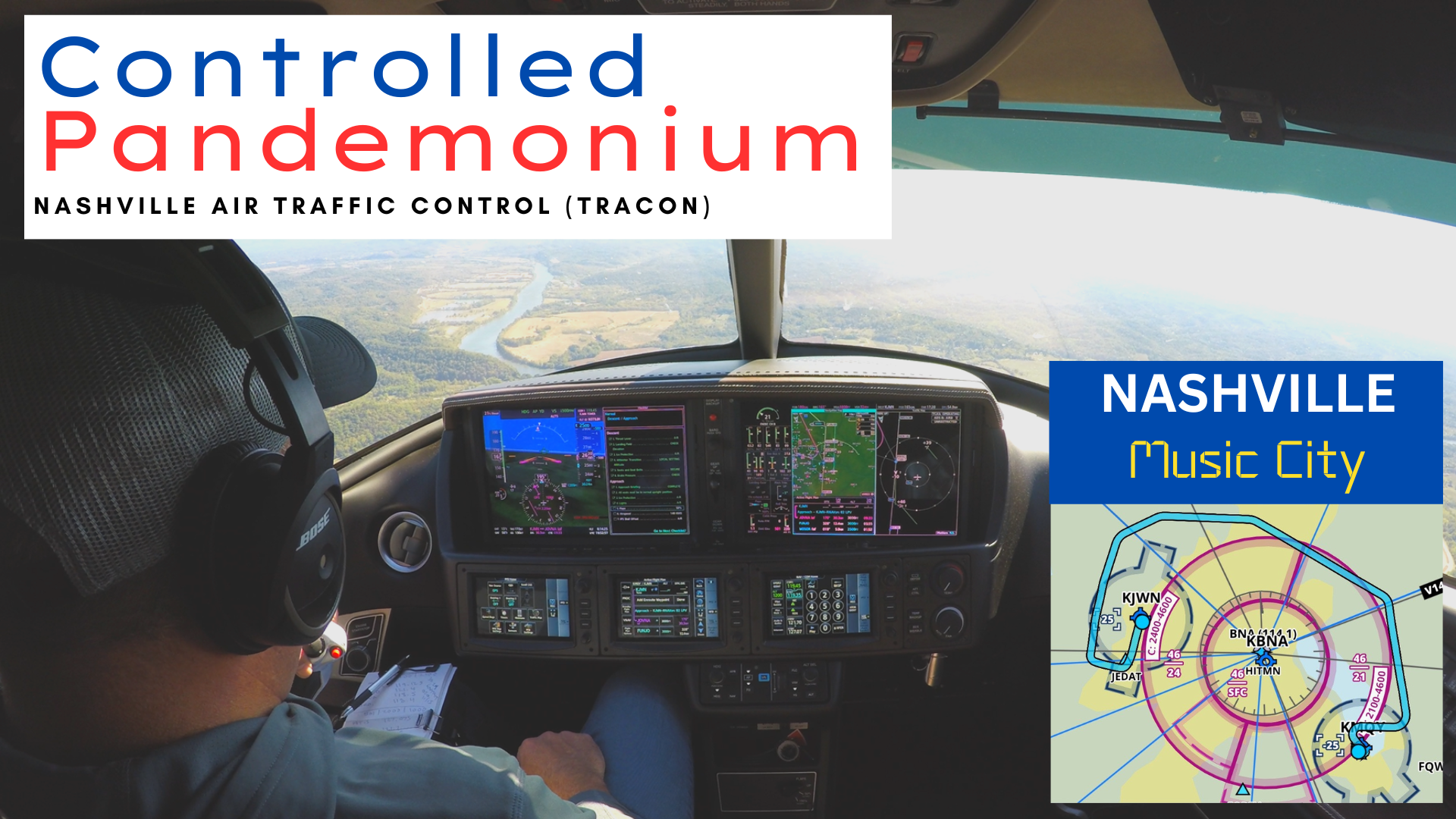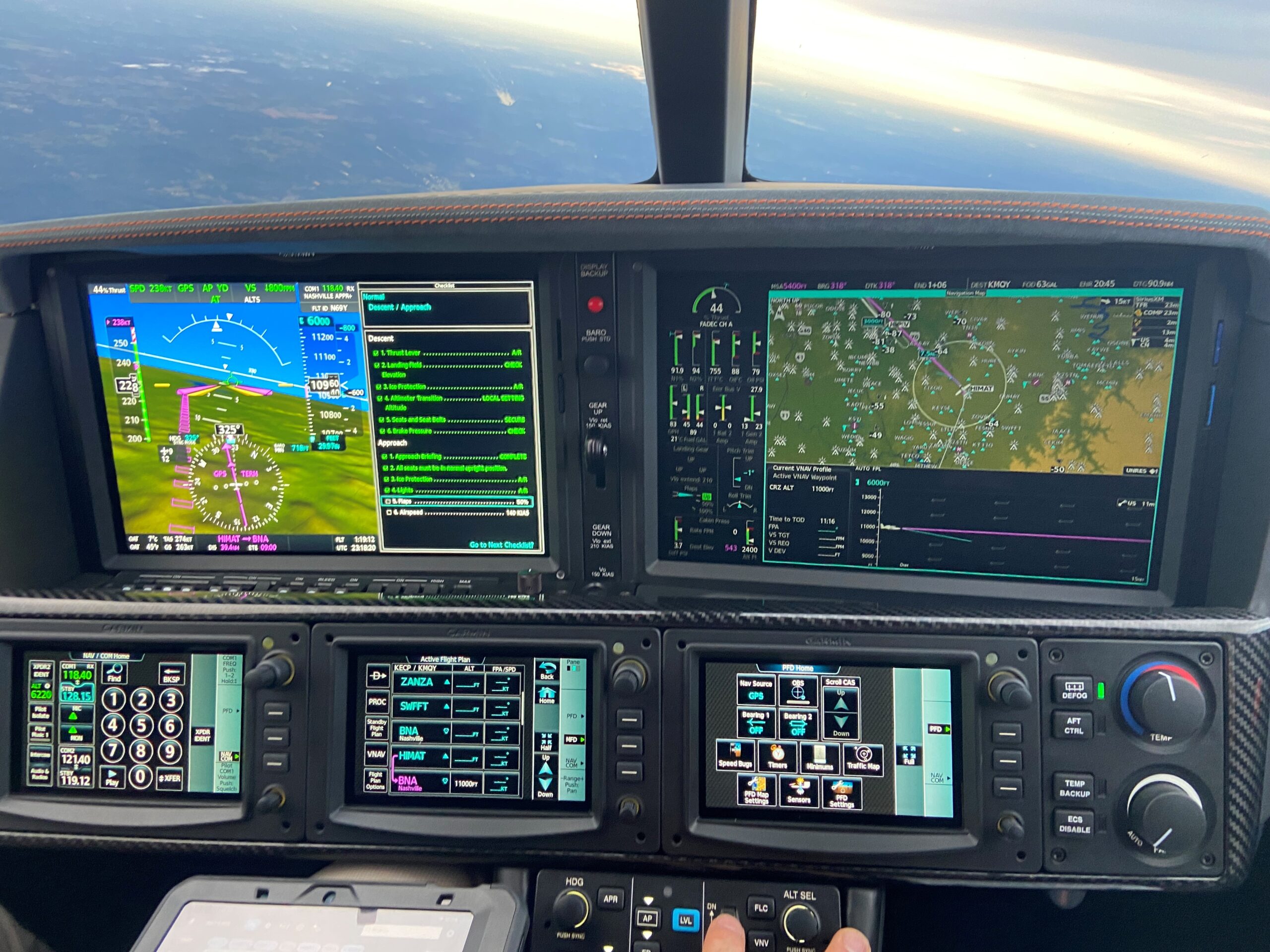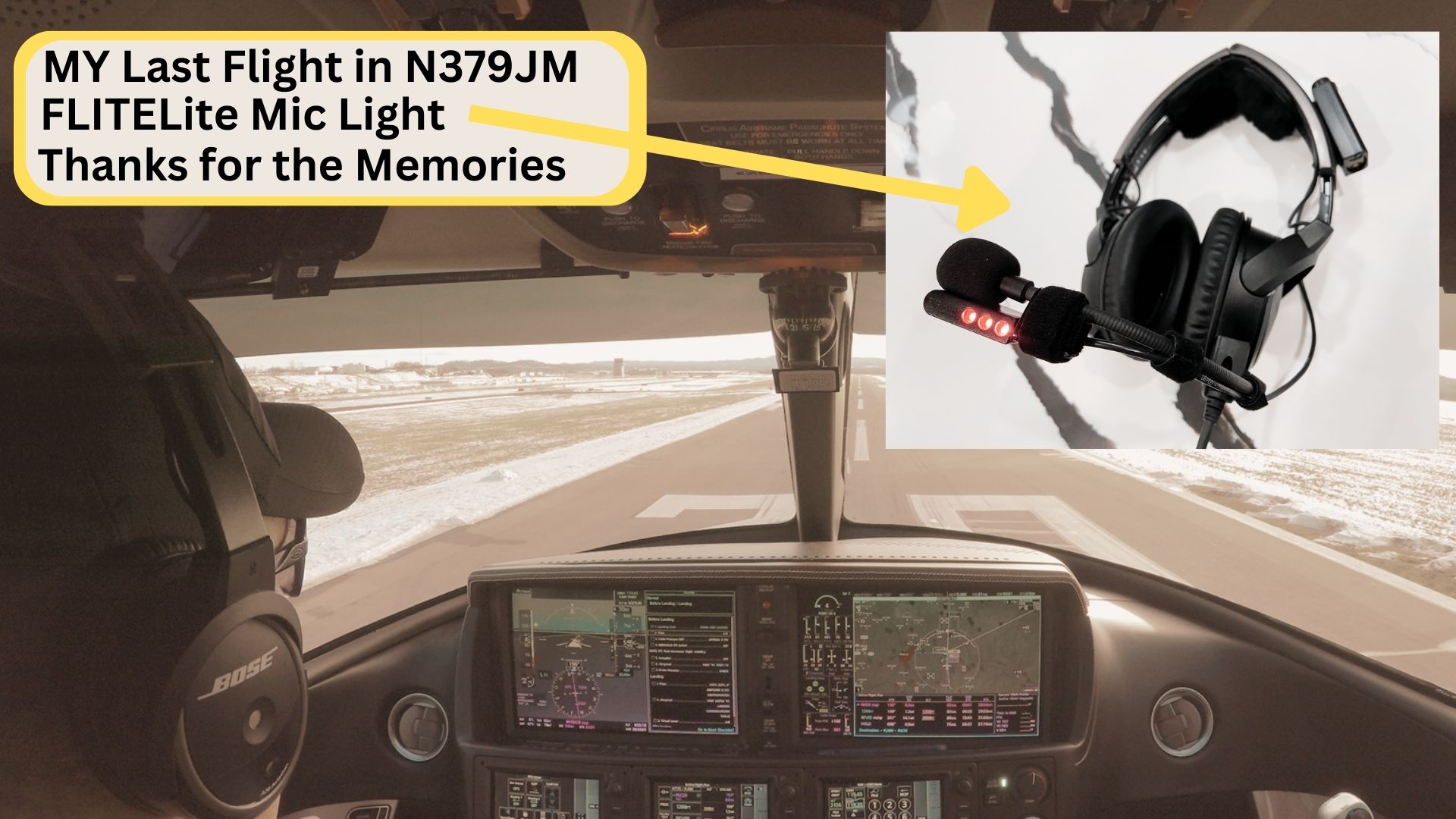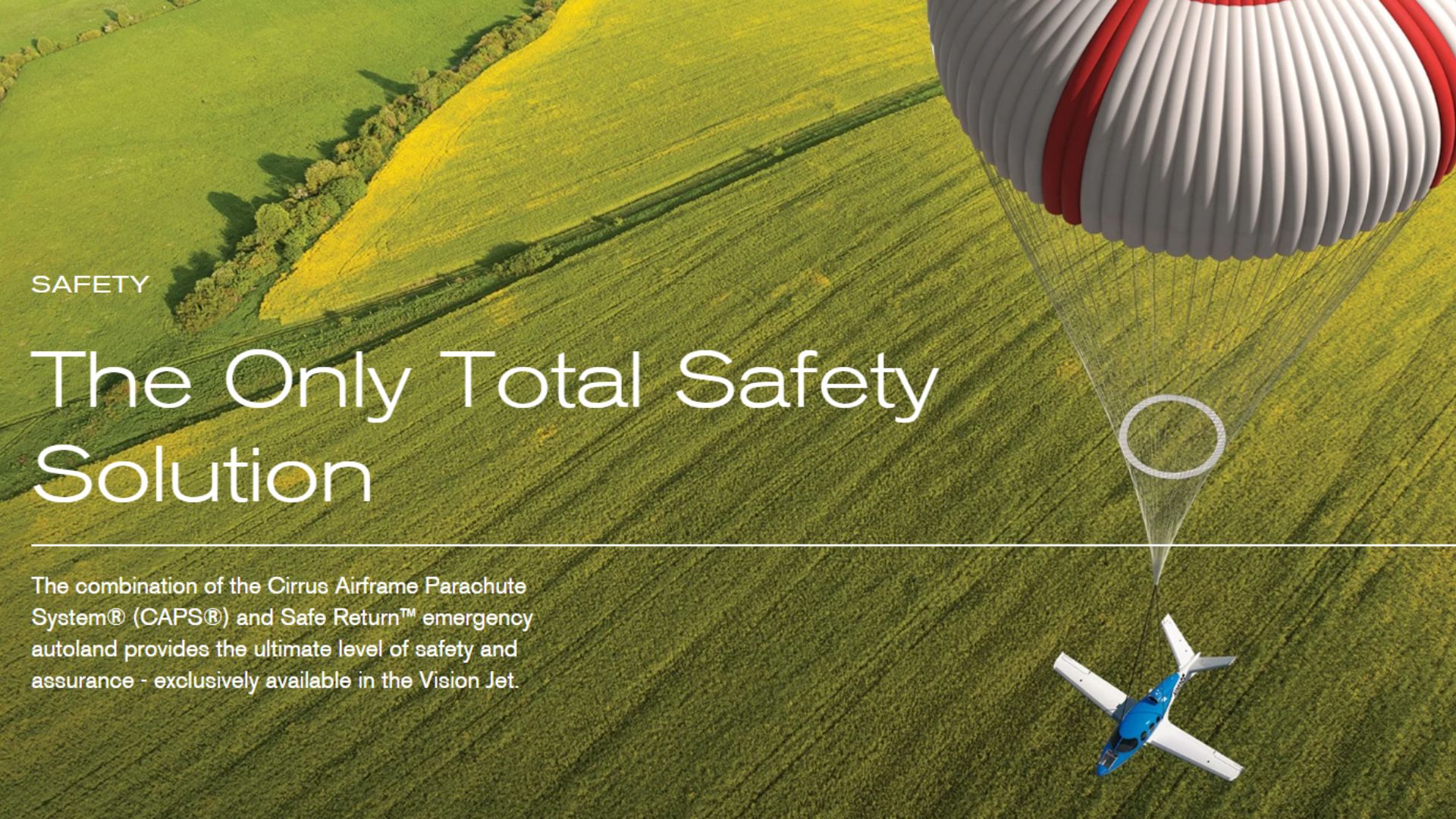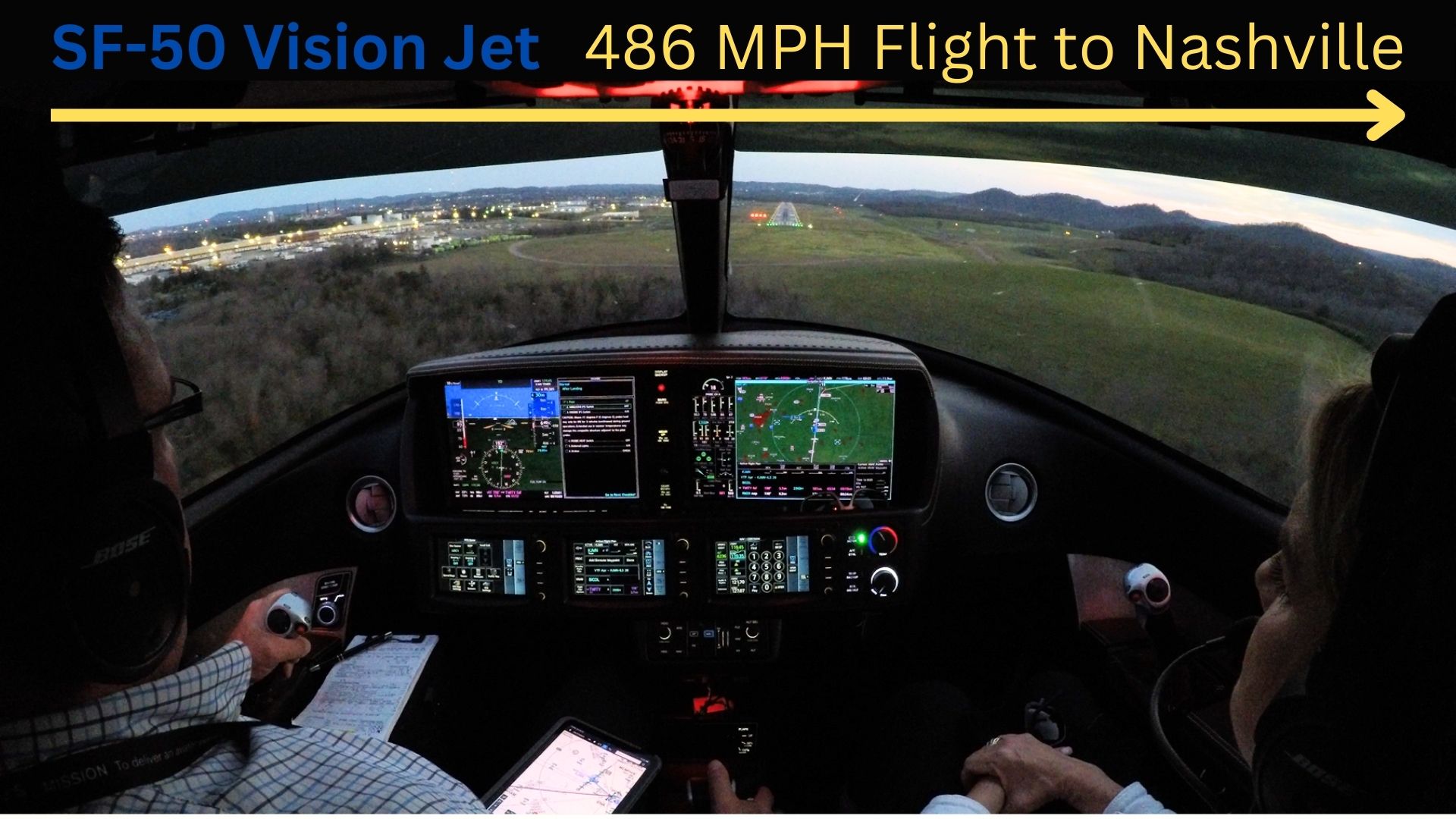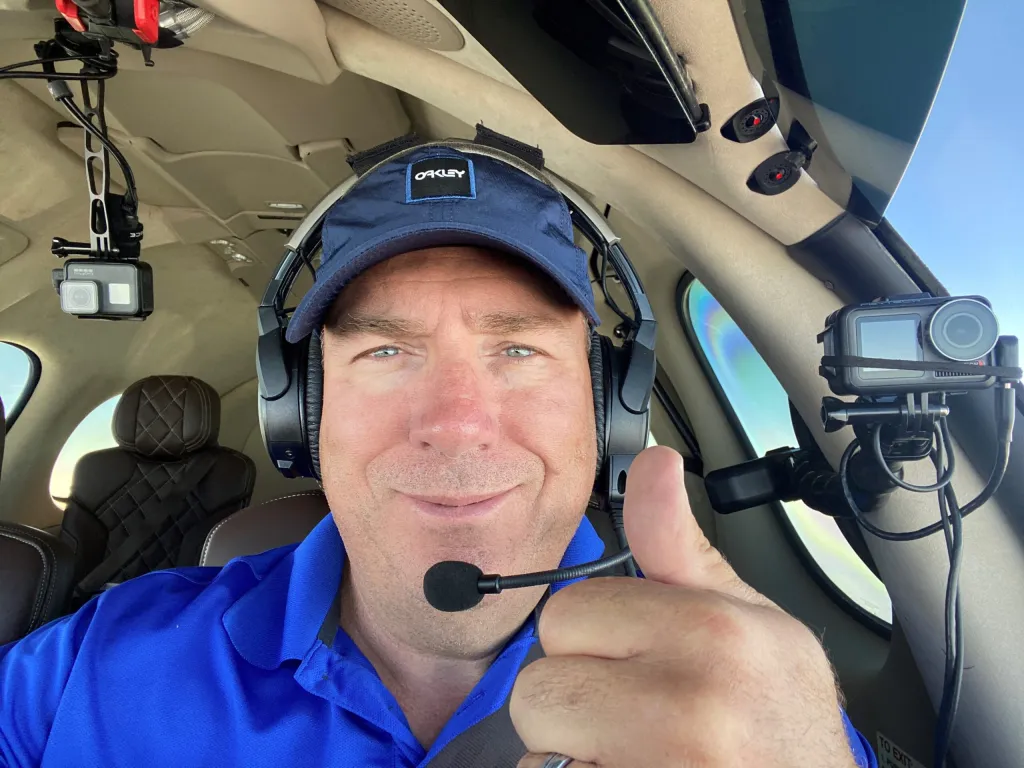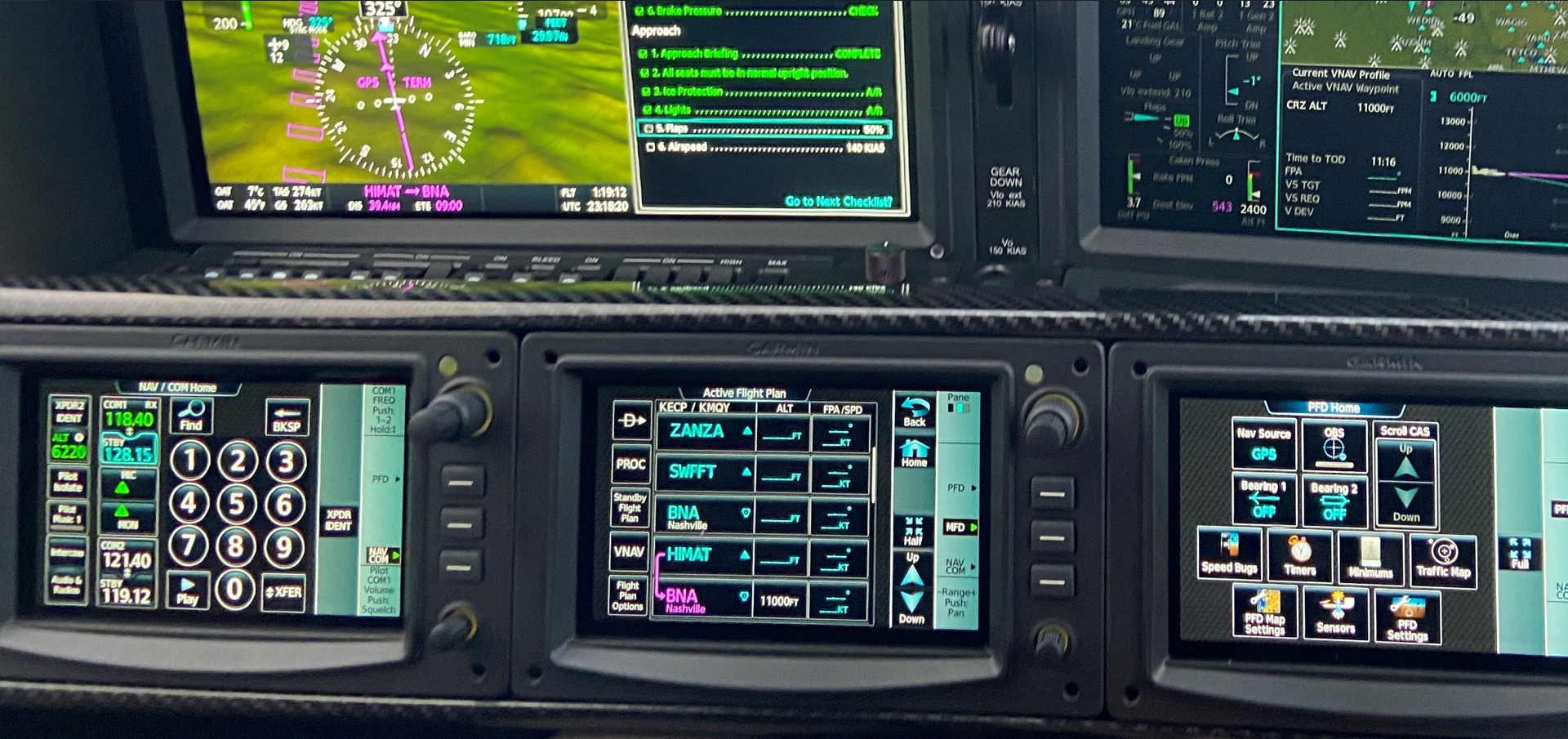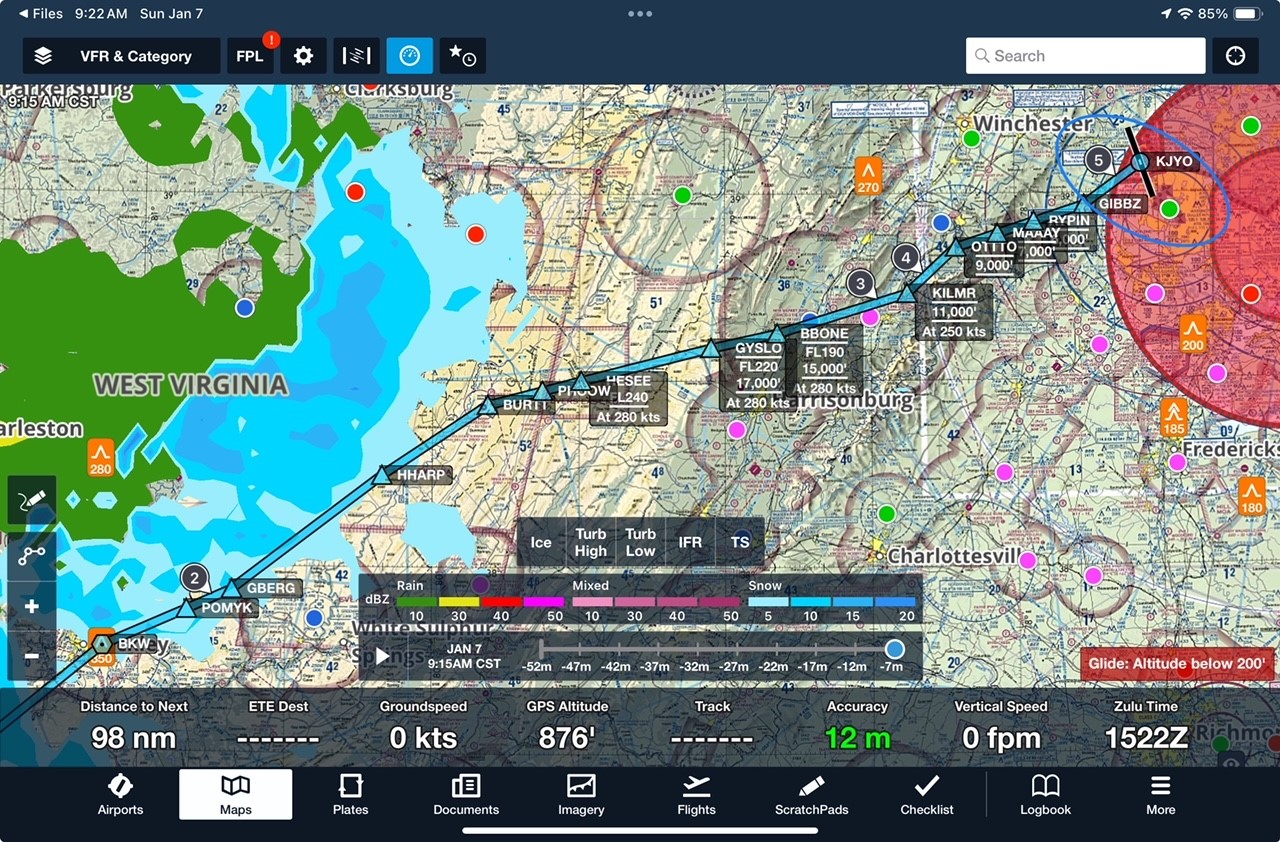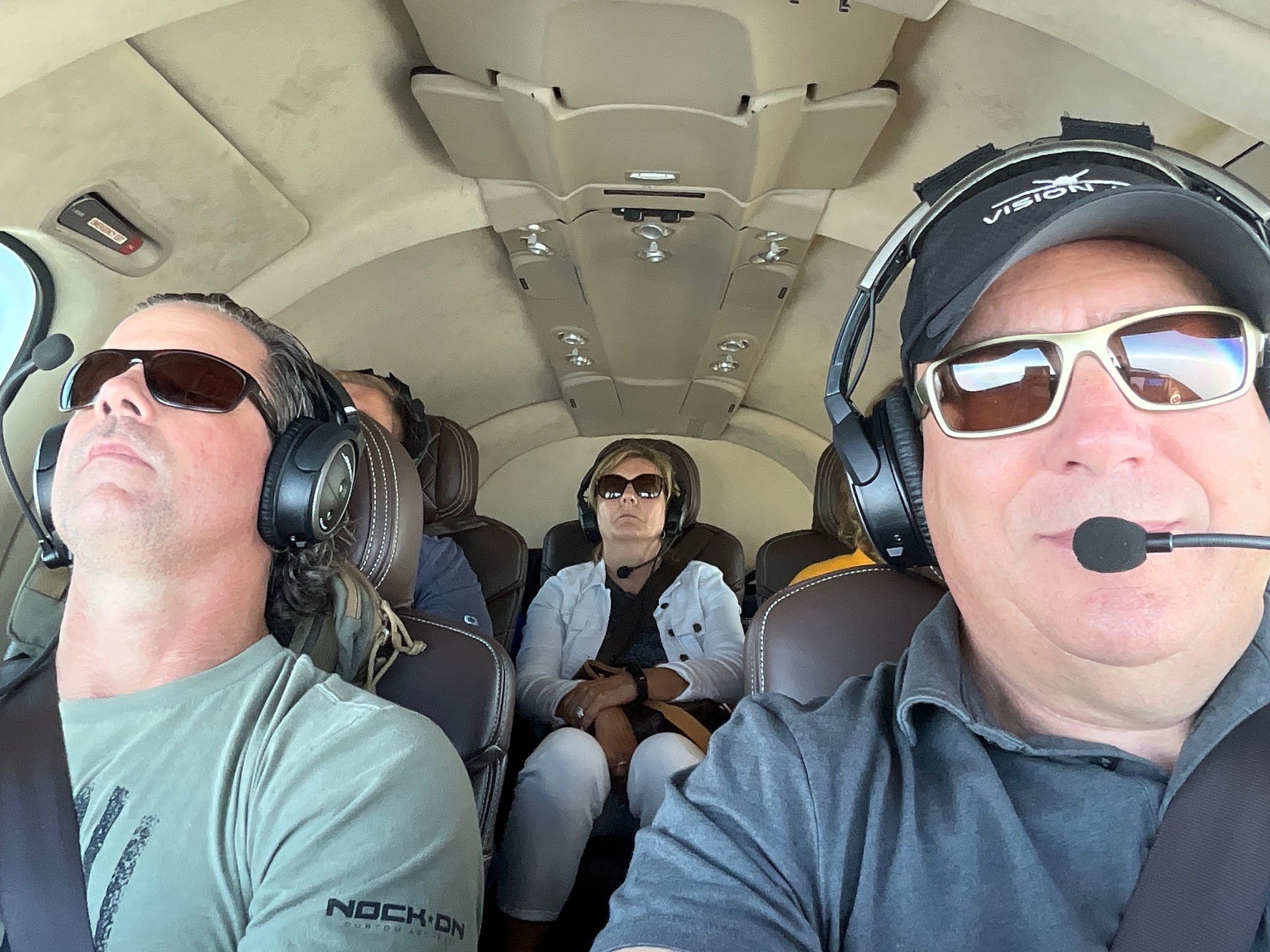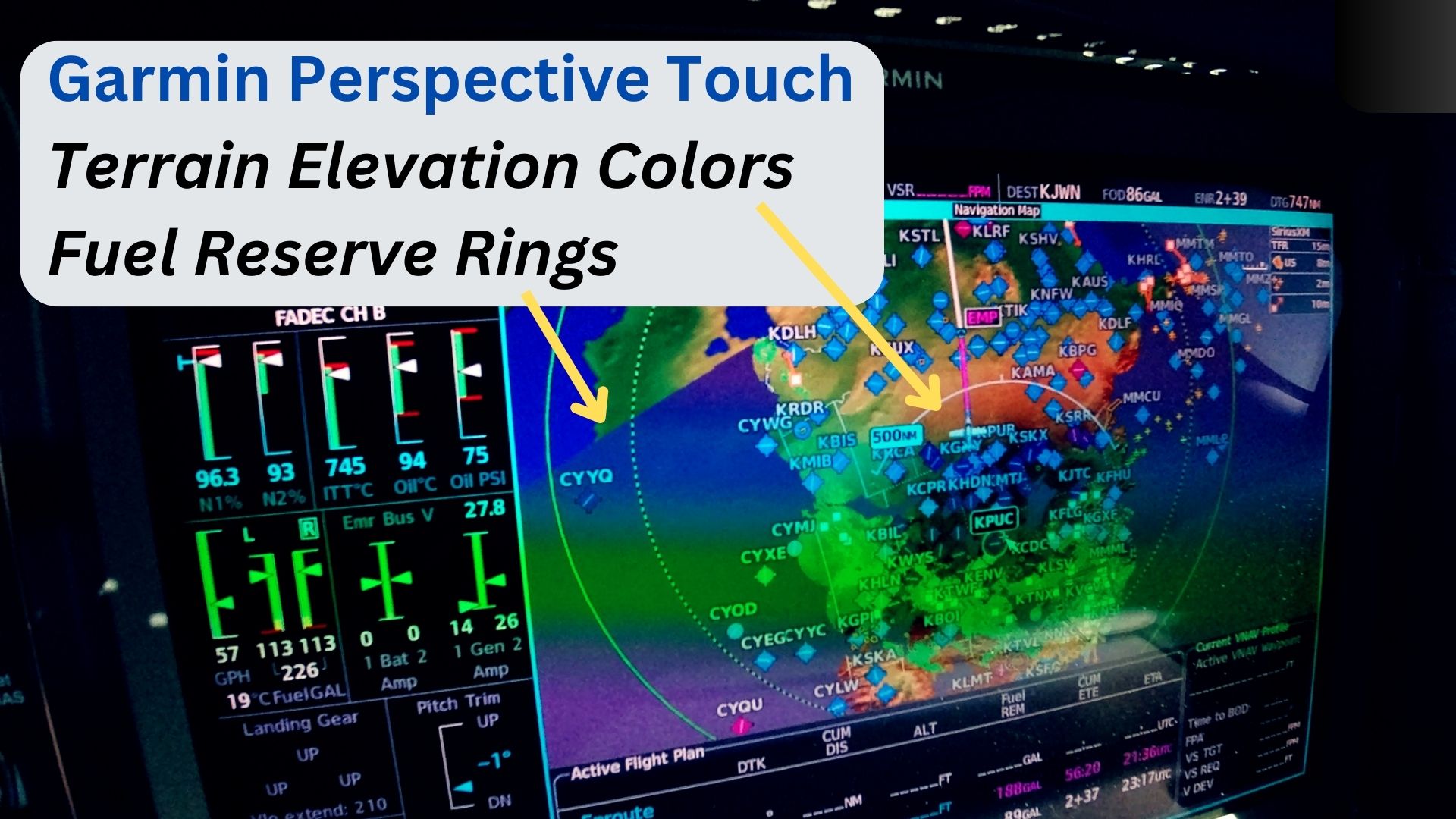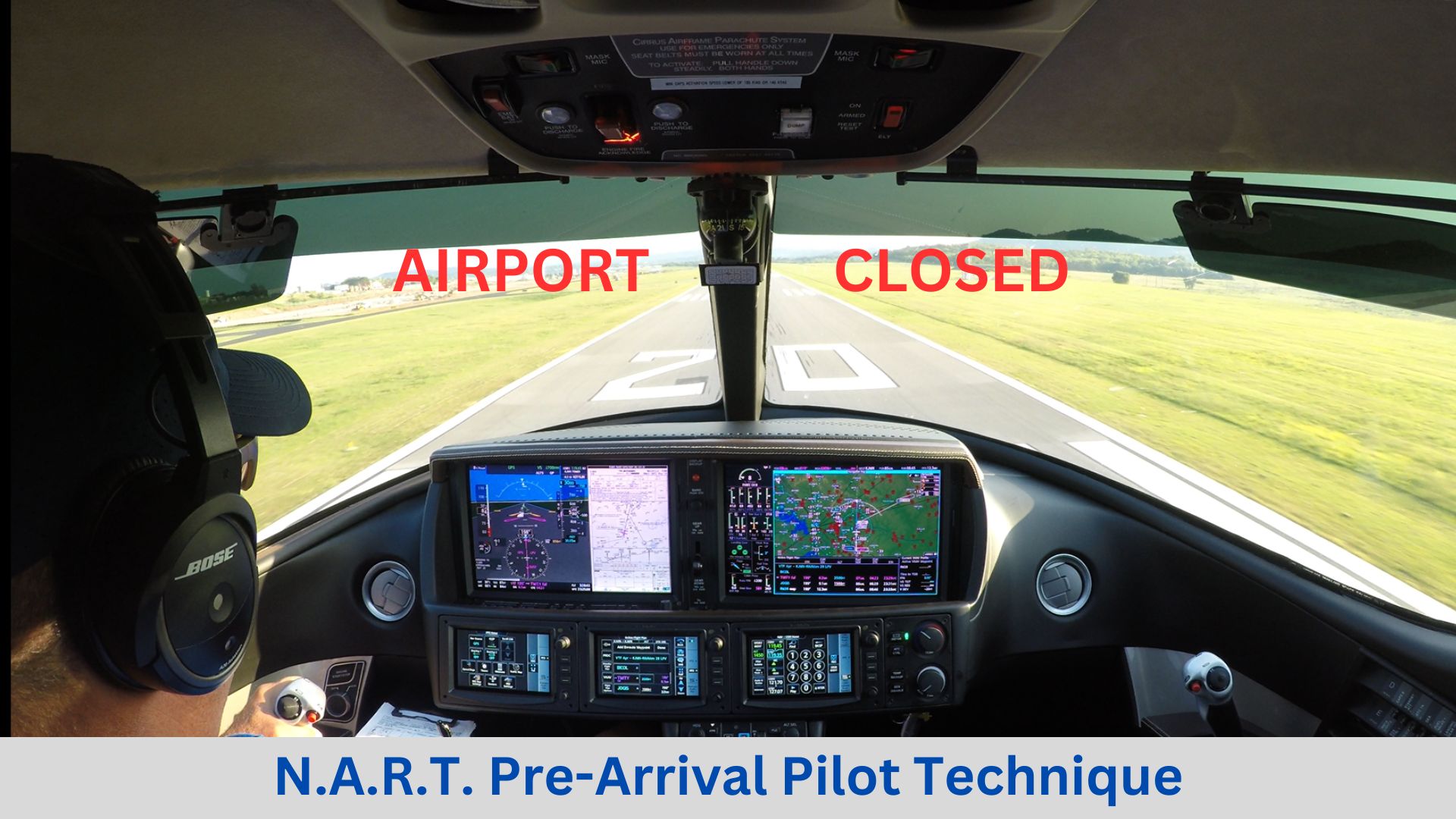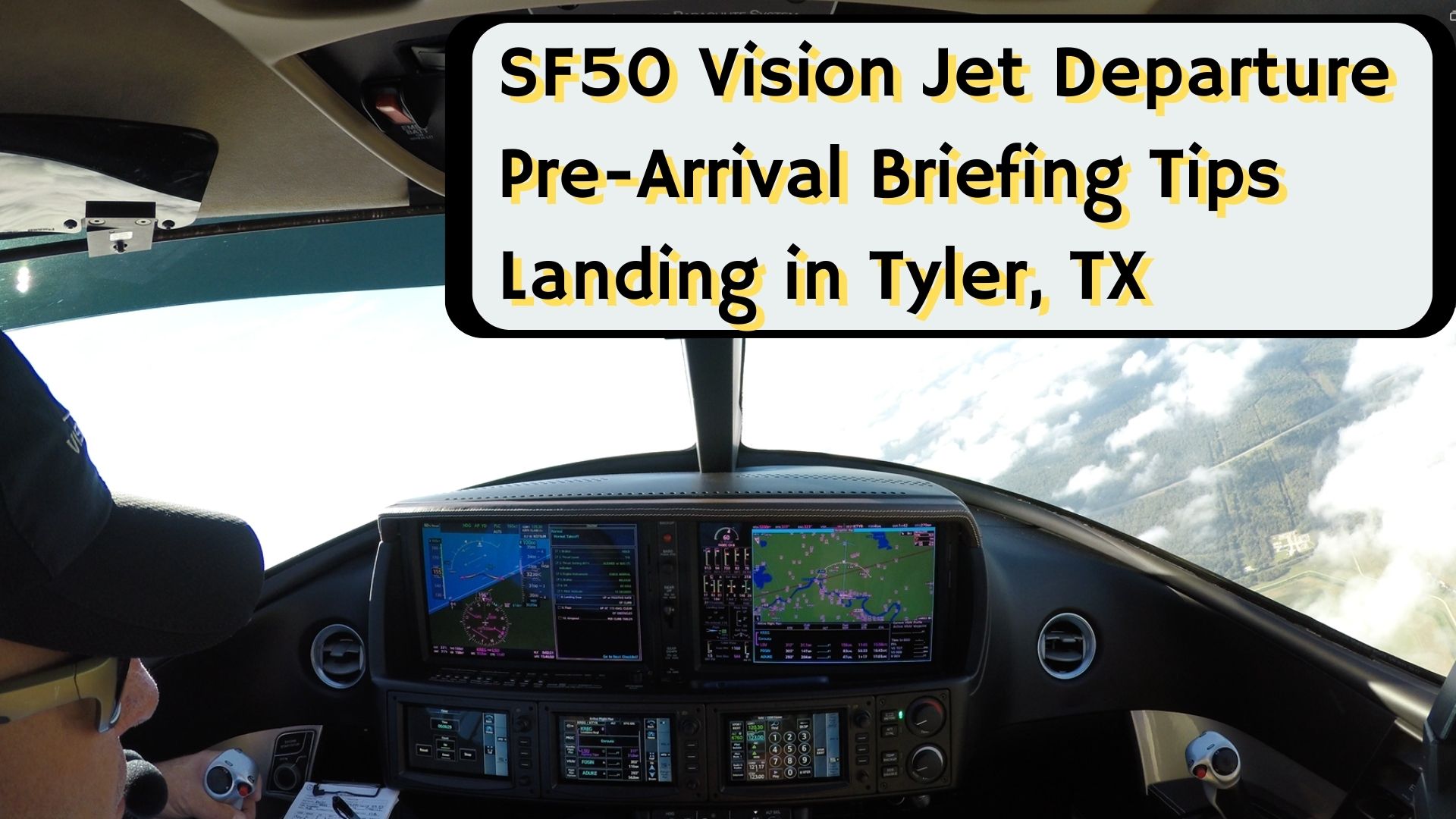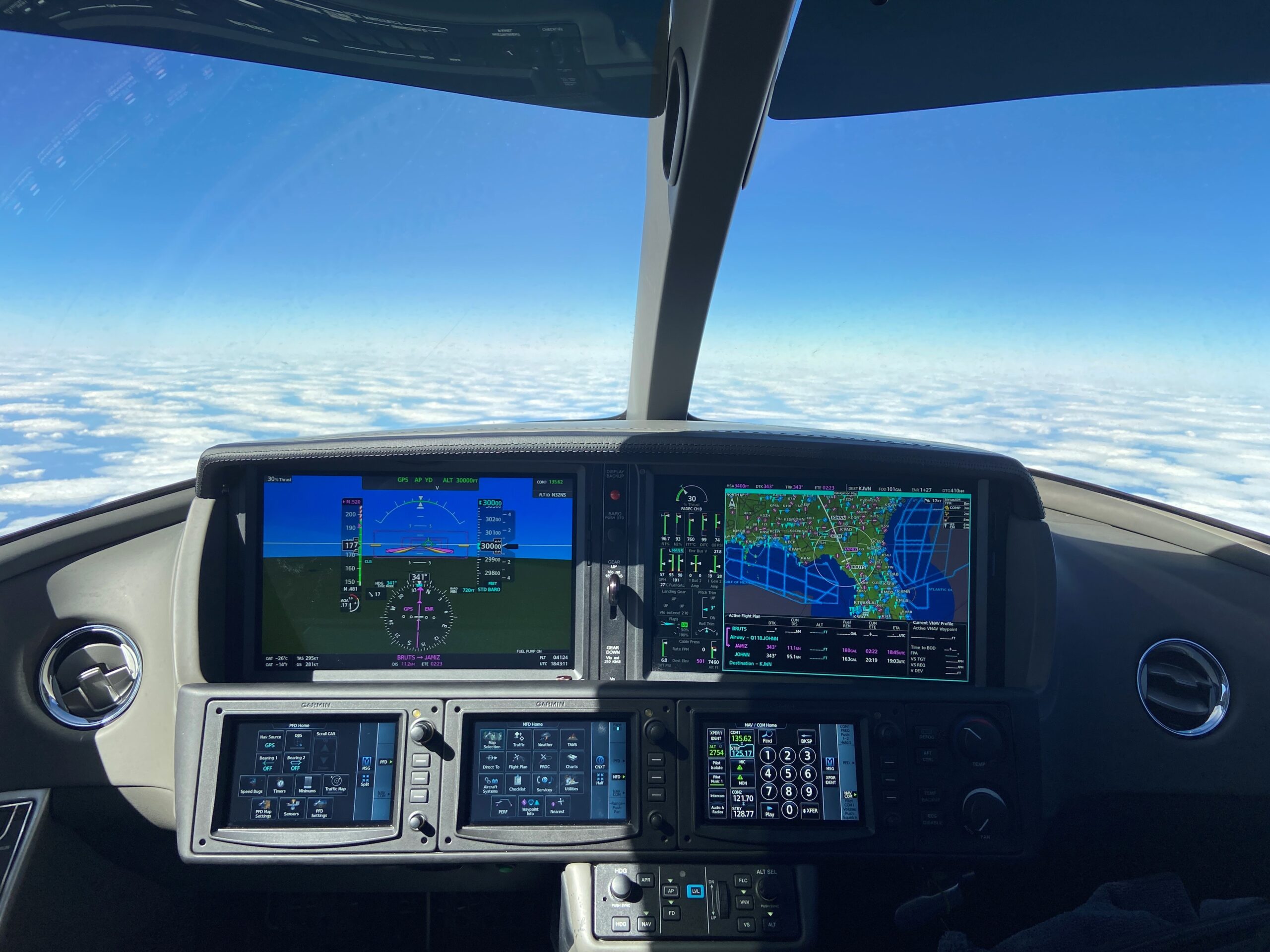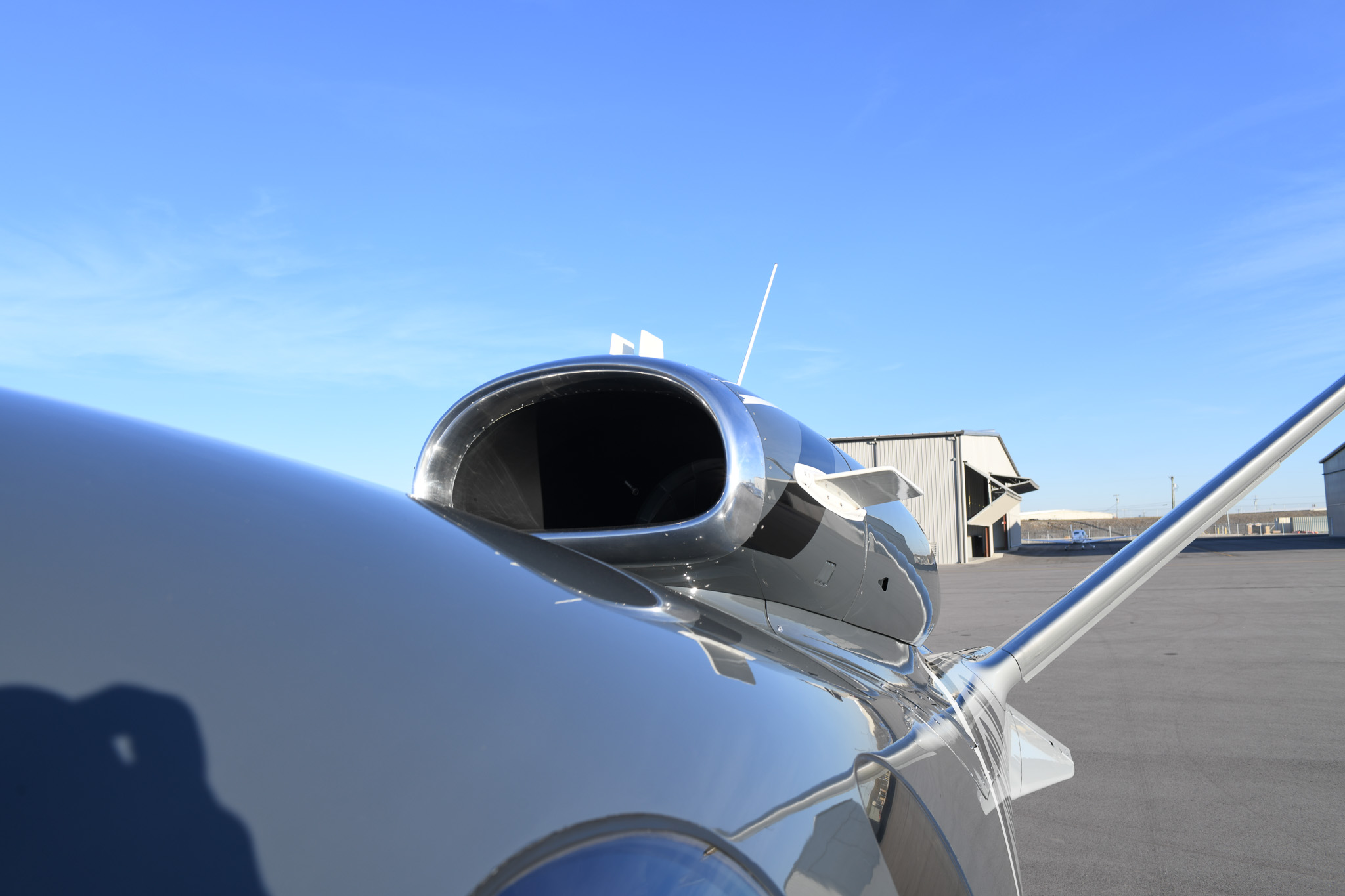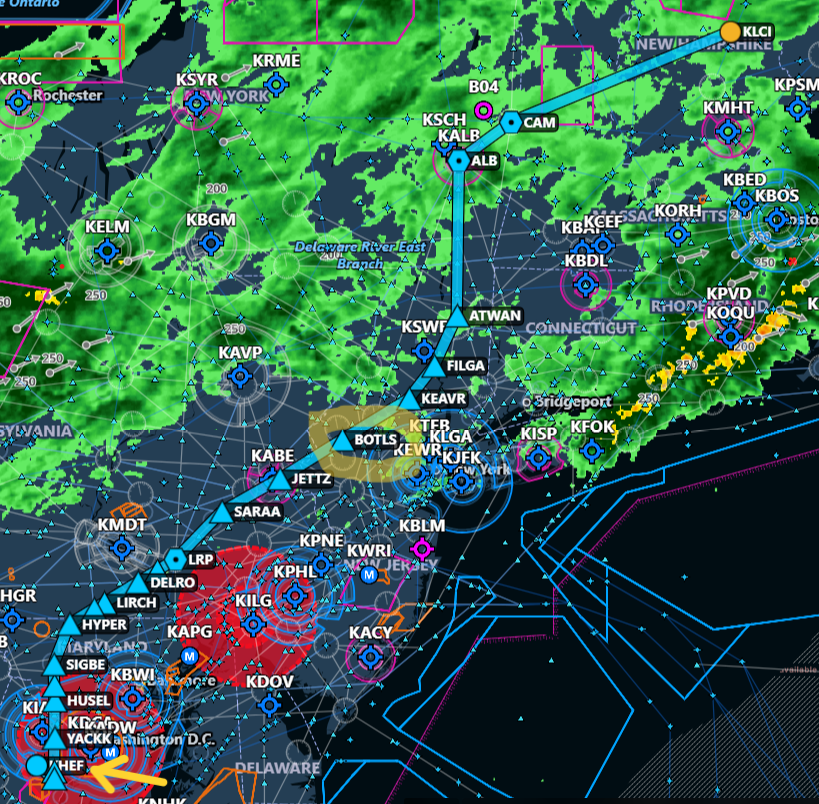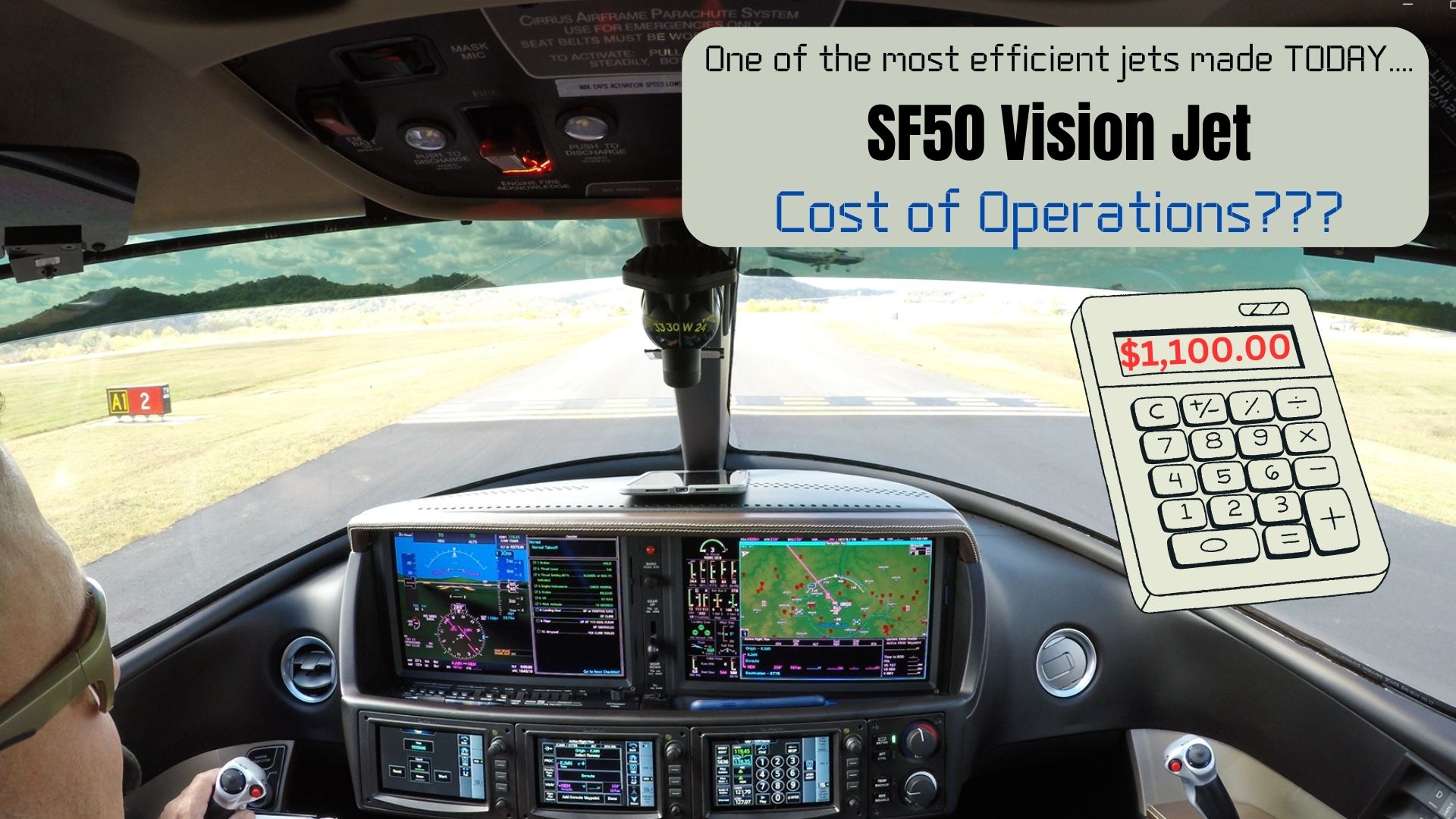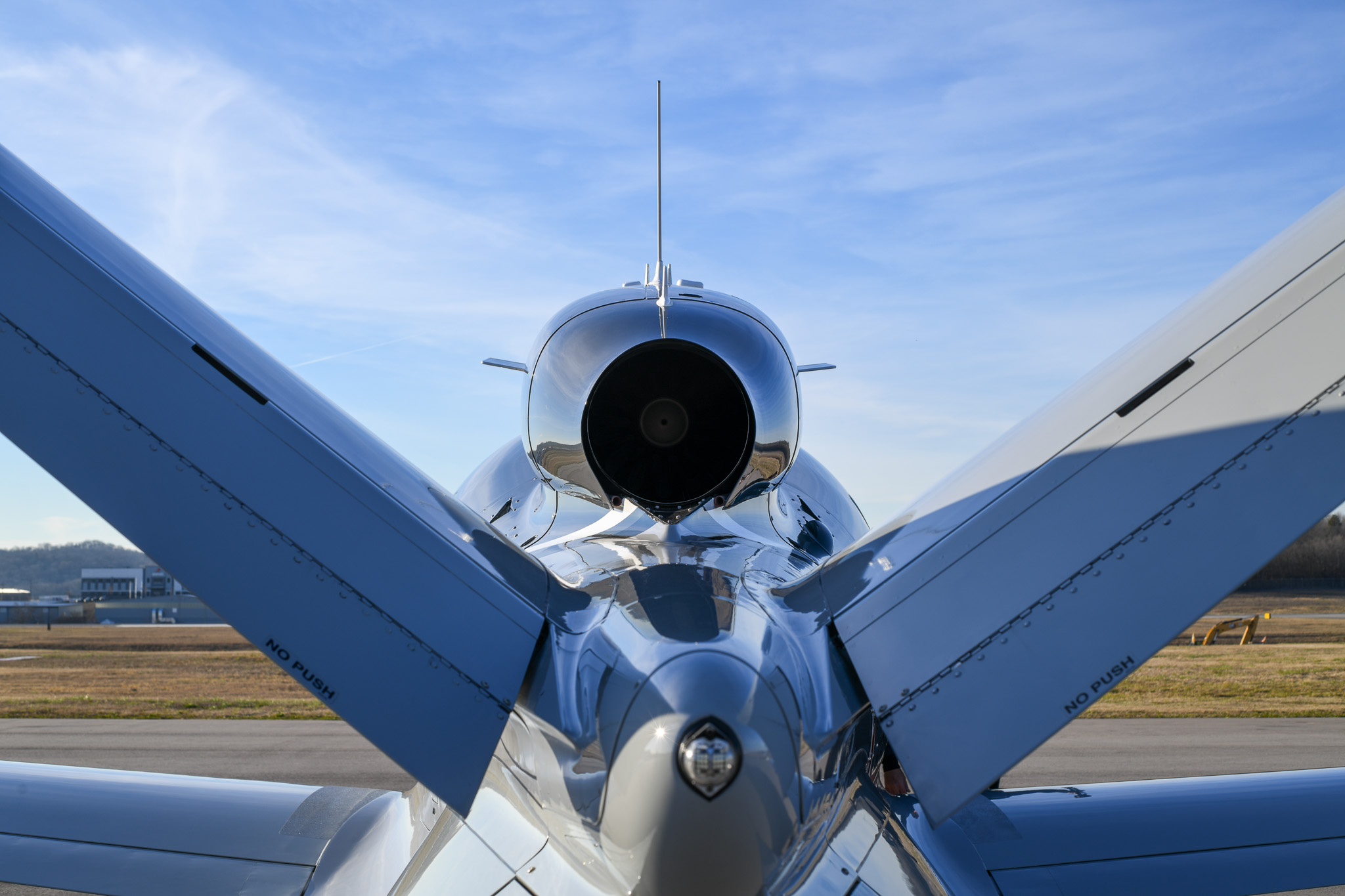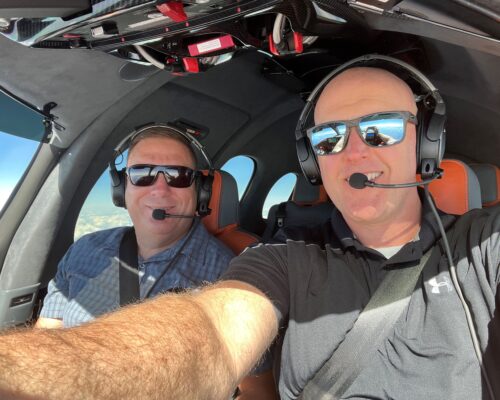Vision Jet Landing Performance Calculations
Takeoff performance is huge, but landing performance criteria is often overlooked. The following discussion highlights performance limitations of the SF50 and emphasis on planning for takeoff and landing distances. Personal minimums for runway lengths may not always be the only consideration, so we must be careful with landing configurations even with long runways at times.
I typically ask SF50 Pilots I fly with during Supervised Operating Experience (SOE) what is the minimum runway length they will use for a Vision Jet on a normal day and uncontaminated runway? In many cases, they will tell me they are confident they can land on any runway longer than 5000 feet under those circumstances. I confirm their response with a questioning tone and they will ask me if they are missing something.
In aviation, making assumptions and having certain attitudes can put pilots in dangerous situations. At KEGE, Eagle County Regional Airport, the runway distance is 9000 feet. This is considerably longer than the 5000 feet minimum runway length often provided by pilots. The relevance of this will be outlined below. Again, if you are confident you can land on any runway longer than 5000 feet, the Eagle Regional Runway length of 9000 feet would seemingly be no problem, right?
You are a Vision Jet Pilot flying a passenger into Eagle County Regional Airport on a warm, summer afternoon. Airport elevation is 6547 feet Mean Sea Level. Conditions are otherwise normal. Review the following flight planning scenario assuming your landing weight will be just below 5550 lbs, as required. You will be landing with a headwind and on an uncontaminated runway. I will do Density and Pressure Altitude calculations for you.
Flight Planning Scenario:
- Plan a trip from KBOI to KEGE for July 15 (this year) at 3:00 PM MDT based upon:
- G2+ Vision Jet w/ 7 seat configuration (no console and 25 lbs TKS fluid)
- Your weight
- Passenger weight of 230 lbs.
- Total baggage weight 95 lbs. (in forward baggage position)
- KEGE TAF conditions at landing time of clear skies, winds 270 @ 5 knots, OAT 30C, barometer 29.40.
- Determine fuel requirements, optimal altitude based upon winds today, flight time and distance, and estimate landing weight.
- Pressure altitude is 7067 Ft. based upon airport elevation and stated TAF. Density Altitude is 10,547 Ft.
- Determine approximate landing distance including ground roll and note any special concerns. (refer to AFM pages 5-150 and 5-152).
- What if the KEGE TAF conditions at landing time was clear skies, winds 270 @ 5 knots, OAT 20C, barometer 30.00 (PA 6467 Ft. / DA 8627 Ft.)?
Refer to AFM section 5-150 for the performance table for landing distance at 5550 lbs landing weight and 100% flaps. The grayed out area indicates a 100% flap landing is not authorized based upon the conditions at the time of the intended landing.
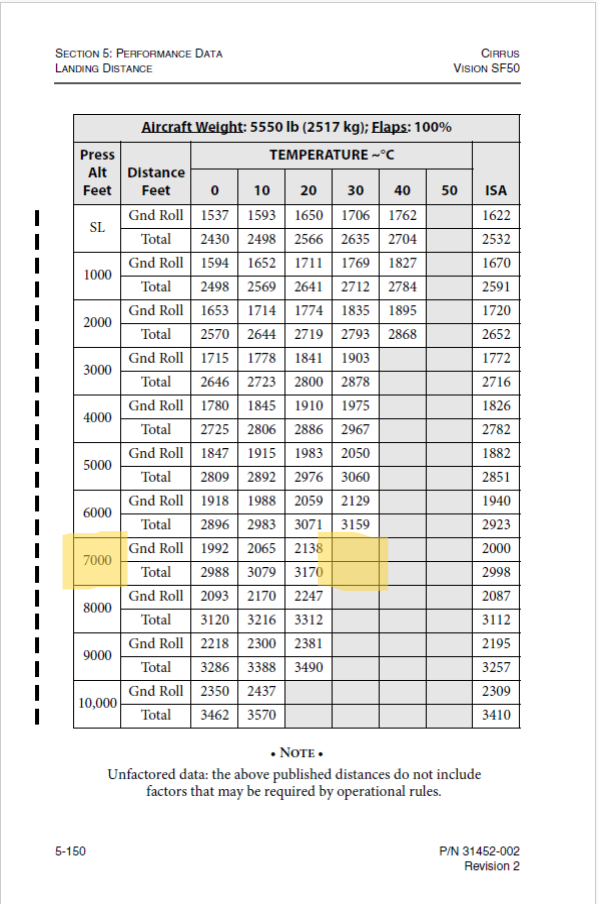
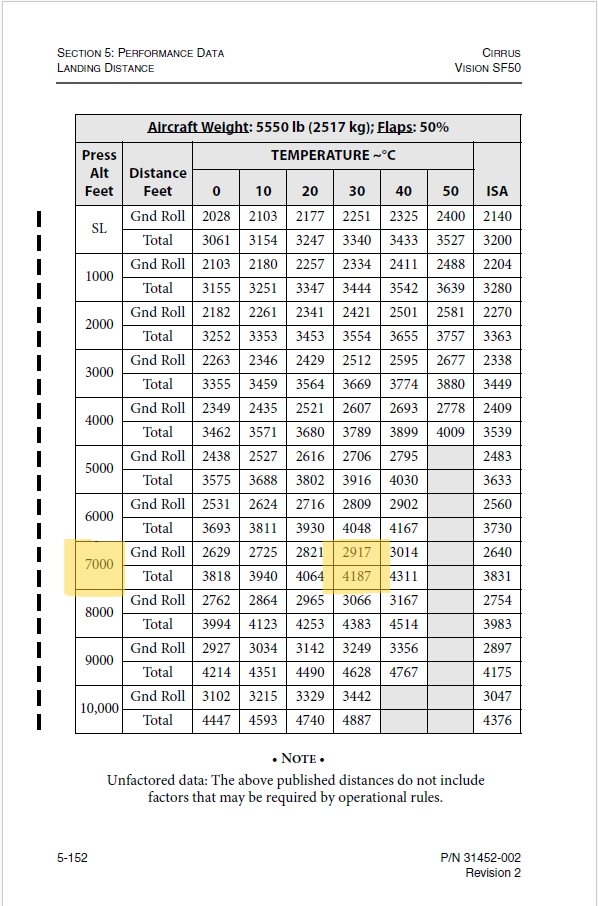
The grayed-out cells in the subsequent table signify that the aircraft is not capable of meeting the regulatory balked landing climb gradient for these conditions.
You are right when you realize runway distance little to do with this scenario. What matters is the fact that aircraft performance is reduced significantly enough under these conditions that the aircraft could not make the required regulatory climb gradient with flaps 100% if a balked landing was required. This is because the amount of performance and time lost during the period of time the flaps are transitioning from the 100% position to the 50% position do not permit the plane to climb fast enough per regulatory requirements. Please note, we are referring to the minimum regulatory balked landing climb performance requirements. Their are also potentially Obstacle Departure Procedures (ODP) or a departure procedure that also need to be considered beyond this discussion.
Wait, the game isn’t over quite yet. What are your options?
We have essentially two primary options to resolve this concern:
- We can land at Eagle Regional Airport under the same conditions, but we opt to perform a non-standard 50% flap landing. Doing so increases stall speed, vRef speed, landing distance and stopping distance. The performance table 5-152 indicates this is very doable provided the pilot is trained for 50% flap landings, and if landing at vRef speed (1.3 times the stall speed for a given landing configuration). Total distance required shows 4187 feet, which is close to the 5000 feet minimum runway length mentioned above.
- We can also select more suitable atmospheric conditions to land at Eagle County Regional Airport. Such as when conditions are cooler in the morning or evening.
The lesson here is to make sure you always review takeoff and landing distances during preflight planning and utilize the appropriate tables in the performance chapter (5) of the to make sure you have a comprehensive plan that works for scenario. Go beyond merely determining takeoff and landing distances. The performance charts will help you. Safe flying!
In aviation, making assumptions and having certain attitudes can put pilots in dangerous situations.. – Don Medine, Vision Jet Owner & Mentor Pilot (TN, USA)

SF50 FS Popular Services
- Aircraft Maintenance Flights
- Database and Chart Updates
- Aircraft Cleaning
- Hangar Negotiations
- Aircraft Scheduling
- Maintenance Tracking
- Contract Pilot Services
- Dry Lease Development
- Consultation
- Acquisition Support
- Exit Strategies
